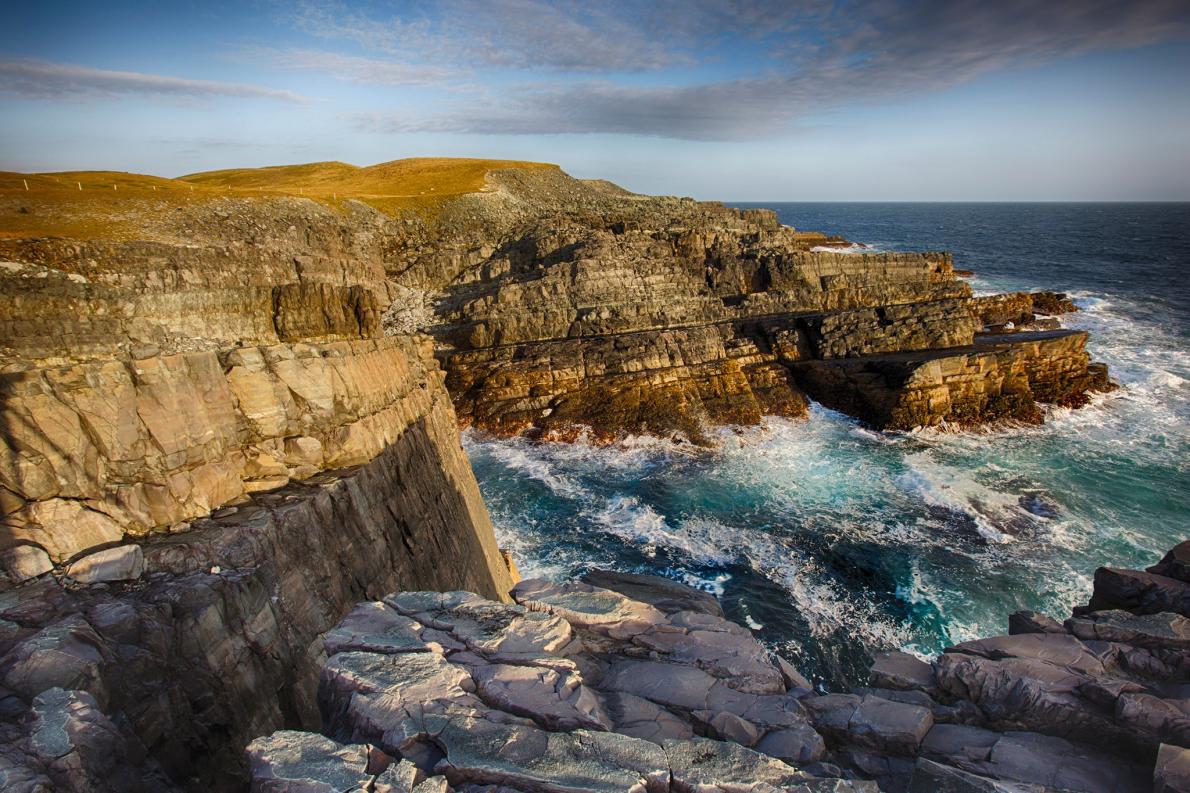Countries around the world have made strong plans to have their precious pristine heritages, archaeological sites and historical sites recognized as world heritage. After many discussions, Unesco decided that 10 new sites are worthy of being World Heritage Sites to add to the list of one thousand sites with “universal value for humanity”.
Philippi Archaeological Site, Greece
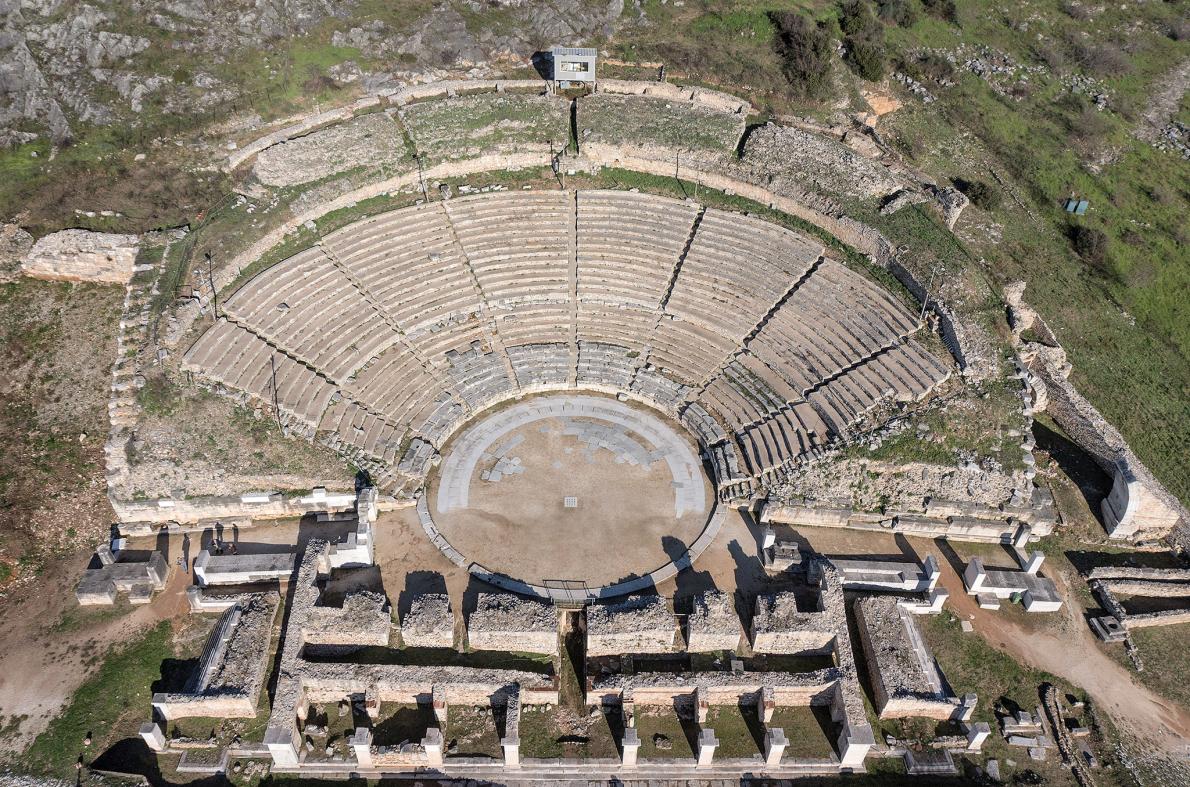
Philippi Archaeological Site (Photo: Achilleas Savvopoulos)
The archaeological site of Philippi in Greece, which played a key role in the life and mission of the Apostle Paul, founded the first Christian Church on the European continent in 49-50 AD. It is also the site of the oldest Neolithic settlement in Eastern Macedonia and Thrace (an administrative region of Greece), and one of the largest such structures in the Balkans.
Notre Dame du Haut Church
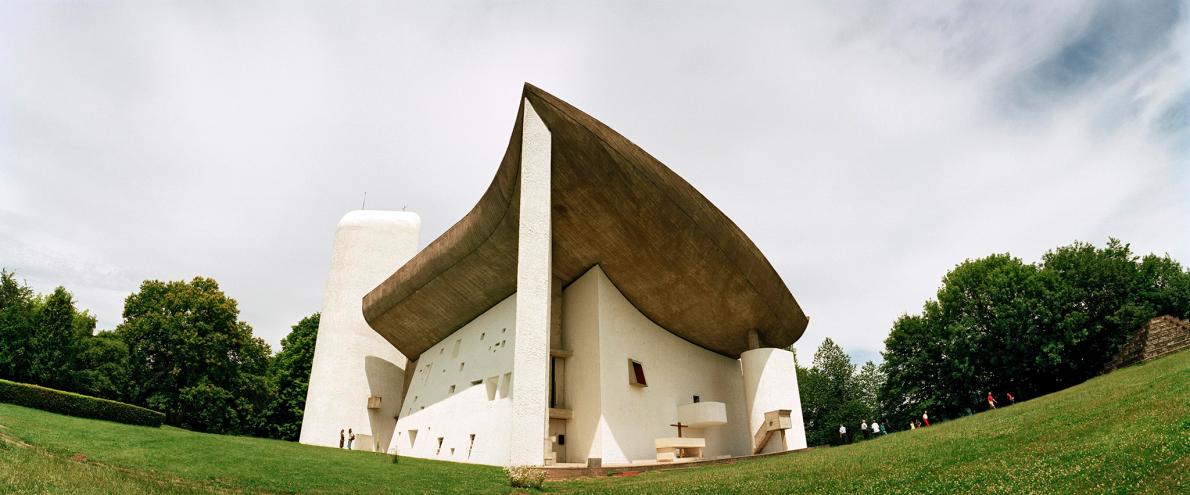
Le Corbusier's Notre Dame du Haut Church in Ronchamp, France (Photo: Macduff Everton)
Notre Dame du Haut was designed by the French and Swiss architect Le Corbusier. He was one of the founders of the 20th century Modernist movement. His architectural legacy spans from East to West, many of which have become World Heritage Sites. Those who have visited Le Corbusier's Notre Dame du Haut will feel a strong sense of emotion, as if there is magic emanating from it. It is also a testament to Father Alain Couturier's efforts to convince the clergy to revive Church art by placing their trust in the most talented contemporary architects and artists. The combination of iron, concrete, glass... may not appeal to everyone, but these designs have started a trend that breaks all conventions and paved the way for a new architectural language. The heavy, grey concrete roof contrasts with the white walls in a nod to Le Corbusier's masterful combination of light and structure.
Wrong Wharf
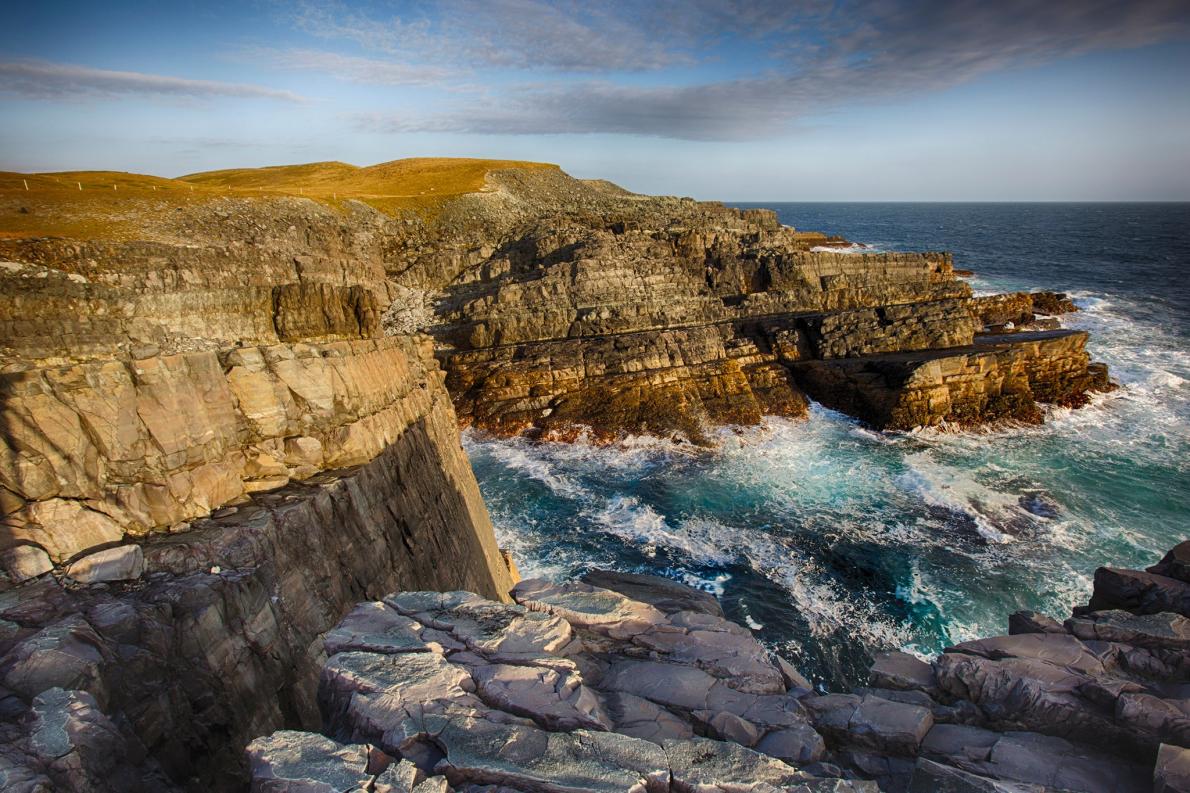
Mistaken Point in Newfoundland.(Photo: Barrett and Mackay))
Mistaken Point in Newfoundland was named by sailors after they discovered a seemingly safe harbor on a foggy day, but ended up crashing into a rocky shore. Although these steep cliffs are not popular with fishermen, they are an interesting place for archaeologists because it has the largest and most diverse fossil collection in the world. Newfoundland Island in eastern Canada, is a large island located off the eastern coast of North America, and is the 16th largest island in the world, the 4th largest in Canada. Famous for its poetic blue beaches, murmuring waves day and night and many structures built in famous European architecture. The peaceful countryside stretching across Newfoundland always brings a new and exciting feeling to visitors. The ports are bustling day and night but no less beautiful. The life of the people here is also very peaceful, the main income comes from exploiting seafood and agricultural products. Kayaking on the bay is also a popular sport for tourists when coming here. The Newfoundland Sea is home to many species of whales. Fishermen living here have caught many whales with a length of 11 to 16 meters and a weight of up to tons. Icebergs and historic lighthouses in Labrador, the famous Newfoundland dog here are some of the characteristics of the region. This place preserves fossils 565 million years old.
Hubei, China

Hubei Forest (Photo: Jiang Yong)
Hubei Shennongjia is the world's only intact tropical and subtropical forest ecosystem. In addition to about 5,000 plants, 3,767 medicinal herbs, 600 vertebrates, 4,365 insects, 1,300 golden monkeys, species such as salamanders, leopards, black bears, etc. are currently strictly protected by the Chinese government. The scenery here is mountainous and the clouds float like a fairyland.
Nelson's Wharf in Antigua

Nelson Harbour (Photo: Nicola & Remurphy)
This is the Antigua Naval Shipbuilding Heritage Site and the archaeological sites in Antigua and Barbuda are evidence of the formation, development, solutions and technology of leading naval facilities in the 18th century; exploiting favorable natural conditions to build a strategy to protect the Caribbean Sea; is the result of the labor of many generations of African slaves working in the British army. The relics to visit: Berkeley Fort, Nelson's Shipyard built from the 18th-19th century, named after Admiral Horatio Nelson who lived here from 1784-1787. The buildings were all built from the 18th-19th century and retain the original design. In the area there are famous architectural works: Clarence House and Shirley Heights. After 1815 the shipyard lost its importance. In 1889, the Royal Navy abandoned this facility. Today the structure is used for sightseeing, tourism and yacht docking.
Antequera rock tomb site in Andalusia

Antequera dolmen site (Photo: Javier Parez Gonzalez)
Dating back to the 3rd millennium BC, the Antequera Dolmens are a group of dolmens located near Antequera, in the province of Malaga, southern Spain. The group includes the Menga, Viera, and Romeral Dolmens. These dolmens vary in age and design but represent the largest and most complete megalithic structure in Europe.
Here you will enjoy local Flamenco music and admire the Museo Picasso and the Palacio de Buenavista in Malaga - a restored 16th-century palace with nearly 300 structures in the city, where artist Pablo Picasso was born.
Revillagigedo Achipelago Islands

Schools of fish at the Revillagigedo Achipelago archipelago (Photo: Erick Higuera)
A group of islands off the southeastern coast of Alaska. These seamounts rose from the floor of the Pacific Ocean from volcanic eruptions 3.5 million years ago. Volcanic activity has created important protected areas for geological research. Nicknamed the “Little Galapagos” of Mexico, the islands are home to seabirds and important habitat for wildlife such as manta rays, whales, dolphins and sharks.
The legacy of the ancient university of Nalanda Mahavihara

Nalanda - India's oldest university (Photo: Rajneesh Raj)
Nalanda is India's oldest university, a complex of stupas, temples, residential and educational complexes, and other important works of art in the Indian state of Bihar, dating from the 5th century to 1197. It is located about 88 km southeast of Patna. Nalanda flourished from the time of King Śakrāditya to 1197, receiving patronage from Hindu Gupta emperors as well as Buddhist emperors such as Harsha and later Pala emperors. The red brick Nalanda ruins now cover an area of 14 hectares. During its heyday, Nalanda University attracted scholars and students from as far away as Tibet, China, Greece, and Persia.
Gorham's Cave

Cave fillingg Gorham (Photo: David Lilttschwager)
A remarkable cave system east of Gibraltar is the last known Neanderthal settlement. Archaeologists have discovered a treasure trove of relics such as stone tools and abstract rock carvings in four Gorham’s Caves, helping to understand human evolution and Neanderthal occupation over a period of more than 125,000 years.
The cave in Hoa Son
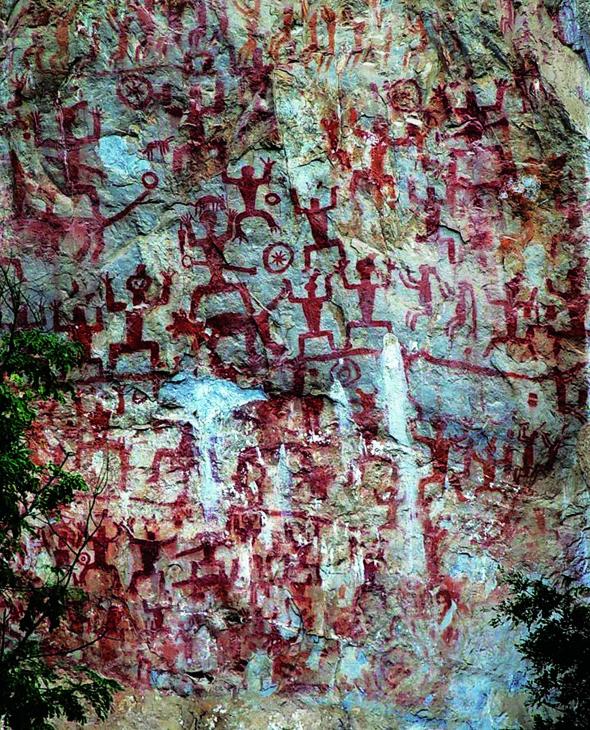
The caves in Mount Hua (Photo: Zhu Qiuping)
These 38 limestone mountains are the only traces of the life and rituals of the Luoyue (ancient Luoyue) people. Researchers believe that these paintings depict ceremonies of the bronze drum culture that was once popular in southern China. The paintings on the cliffs are believed to be between 1800-2500 years old or 1600-2400 years old. The painting period is from the Warring States period to the end of the Han Dynasty, and are the artworks of the ancient Luoyue people, the ancestors of the present-day Zhuang people. The oldest painting is 16,000 years old, while the latest is 690 years old.
Lam Tue (According to NatGeo)





